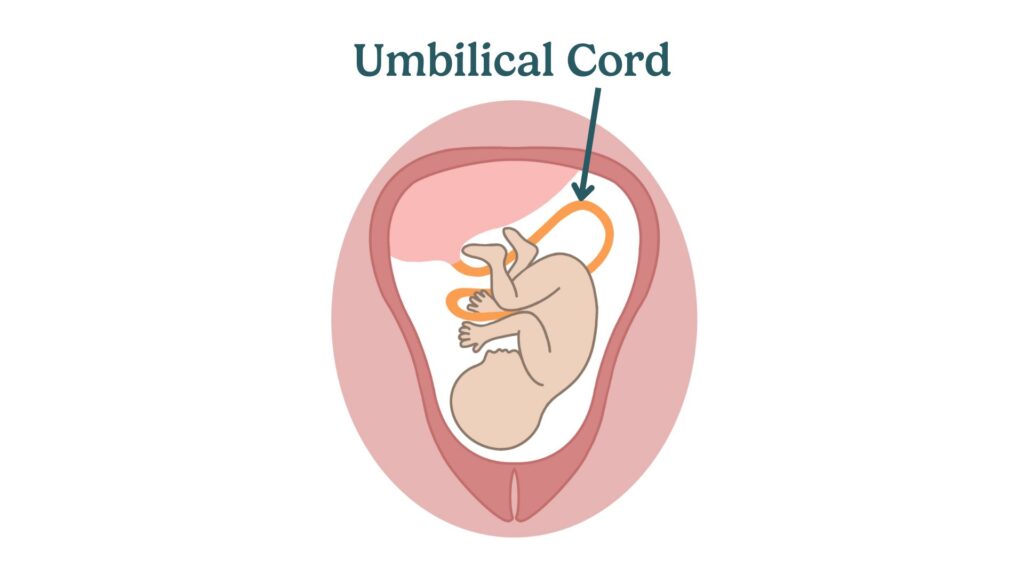umbilical cord

Umbilical cord
The umbilical cord is the lifeline that connects your baby to the placenta while they are in the womb. The cord contains two arteries and one vein. It provides essential nutrients and oxygen from you to your baby and removes waste products from your baby back to you.
After birth, the umbilical cord is clamped and cut, leaving a small stump on your baby’s belly. Cutting the umbilical cord is not painful to the baby or mother as the cord does not contain nerves.
What to watch out for
After your baby is born, the umbilical cord stump requires special care until it falls off naturally. Here are some things to watch out for:
- Keeping it clean and dry: Make sure the area around the umbilical cord stump stays clean and dry. Avoid submerging your baby in water until the stump falls off, typically within one to three weeks after birth. Instead, give your baby sponge baths.
- Signs of infection: Watch for signs of infection, such as redness, swelling, or discharge with a foul smell around the stump. If you notice any of these signs, contact your healthcare provider immediately.
- Natural healing: The umbilical cord stump will change color from yellowish-green to brown or black as it dries out and eventually falls off. It’s important to let this process happen naturally without pulling or forcing the stump to come off. Clear fluid or clear fluid tinged with blood may leak from around the site – this is normal in the first few days after birth.
If you have concerns about the healing process or signs of infection, reach out to your healthcare provider for advice and support.
Physical limitations or health circumstances
There are some health circumstances that might affect the normal healing process of the umbilical cord stump:
- Preterm babies: Preterm babies may have a thinner umbilical cord stump and require extra care to prevent infections and promote proper healing.
- Low birth weight: Babies with low birth weight might have a more delicate umbilical cord stump, making it essential to handle the area gently and keep it clean and dry.
- Immune system issues: Babies with immune system issues might be more susceptible to infections. Extra precautions should be taken to ensure the umbilical cord stump heals properly.
Other terms
- Placenta: The organ that develops in the womb during pregnancy and provides oxygen and nutrients to your baby through the umbilical cord.
- Clamping and cutting: The process of clamping and cutting the umbilical cord shortly after birth, which leaves a small stump on your baby’s belly.
- Delayed cord clamping: A practice where the clamping of the umbilical cord is delayed for a few minutes after birth to allow more blood to transfer from the placenta to the baby, providing additional health benefits.
- Wharton's jelly: A gelatinous substance within the umbilical cord that protects the blood vessels and ensures proper blood flow between the placenta and the baby.


